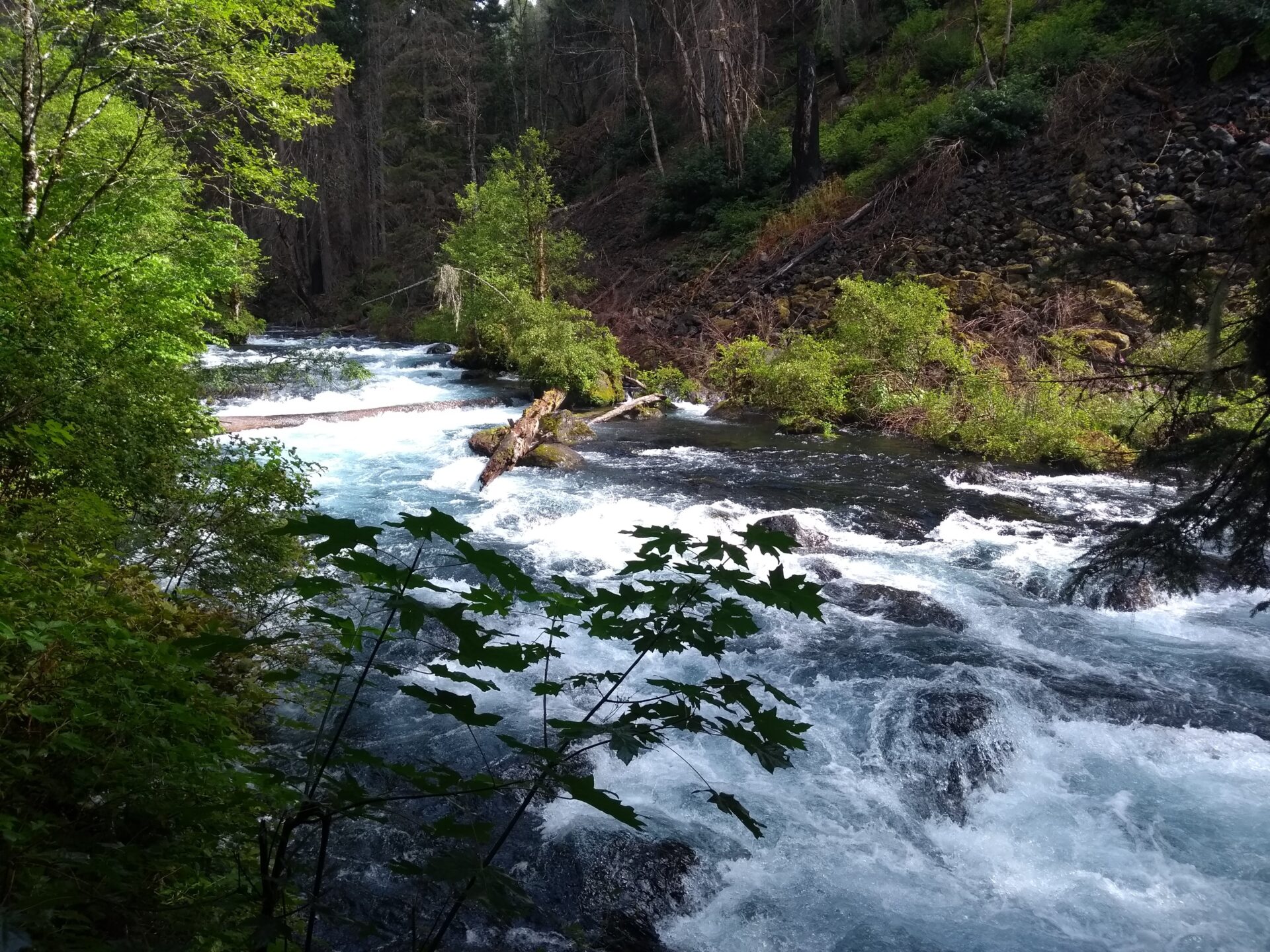Assessment of the conservation values and opportunities in the foothills of the northern Sierra Nevada
The foothills of the iconic Sierra Nevada—the California gold fields—are linked to California’s way of life and sense of place, as well as tied to the history of our nation. To many Californians, the natural resources of the Sierran foothills are emblematic of our state—grasslands golden in the summer sun mingling with rolling oak woodlands. Nonetheless, this iconic California landscape is not well protected, but rather is severely threatened by residential sprawl that has the potential to permanently compromise its conservation values. Less than 10% of the oak woodlands and grasslands in the Sierra Nevada foothills are protected, and the value of these conservation investments relies on maintaining the lands’ integrity and ecosystem functions by buffering them from development and maintaining connections to other intact areas.
The Trust For Public Land (TPL), through its Sierra Nevada Program, has for years implemented conservation actions to protect the natural, scenic, and recreational resources of the Sierra. TPL commissioned CBI to assess the conservation values and opportunities in the foothills of the northern Sierra Nevada, generally within the Yuba River watershed. This work is intended to inform TPL’s conservation activities and assist other conservation organizations and public agencies in the region. The 660,000-acre Yuba River Watershed Foothills study area is contiguous with TPL’s Sierra Nevada Checkerboard Initiative study area ( White et al. 2005, 2008 ), which outlined a vision and proposed strategies for conserving natural resources and scenic and recreational values of a 1.5 million-acre area of the high Sierra. The conservation assessment for the Yuba River Watershed Foothills provides a complementary conservation vision for a portion of the Sierran foothills. This vision is focused on maintaining the biodiversity of the region while realizing other associated benefits, such as improving public recreational opportunities, maintaining working landscapes, and contributing to the regional economy, by keeping the land uses of this area sustainable.


